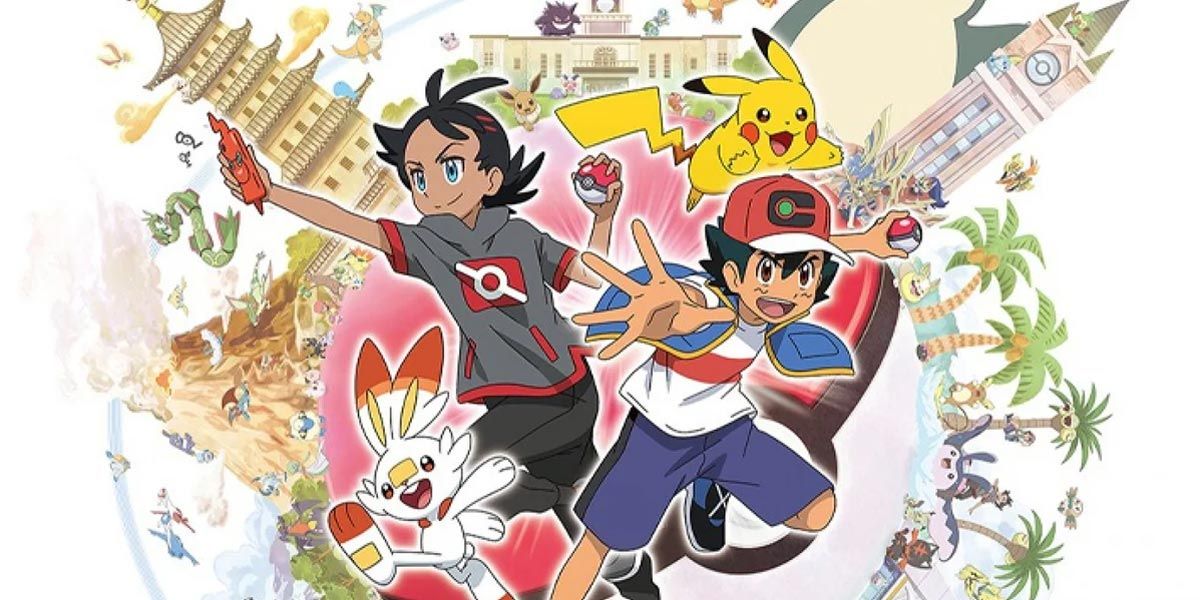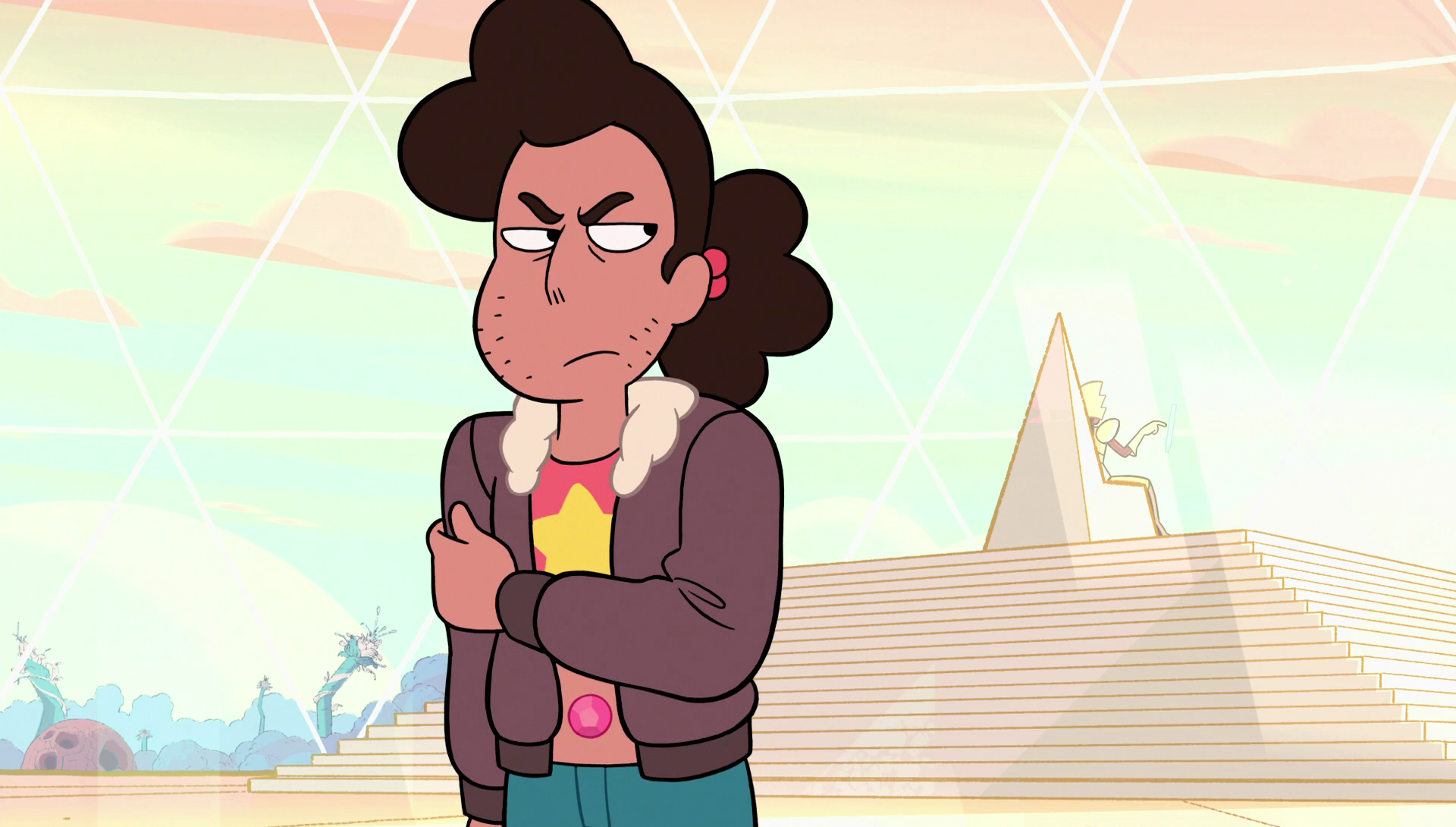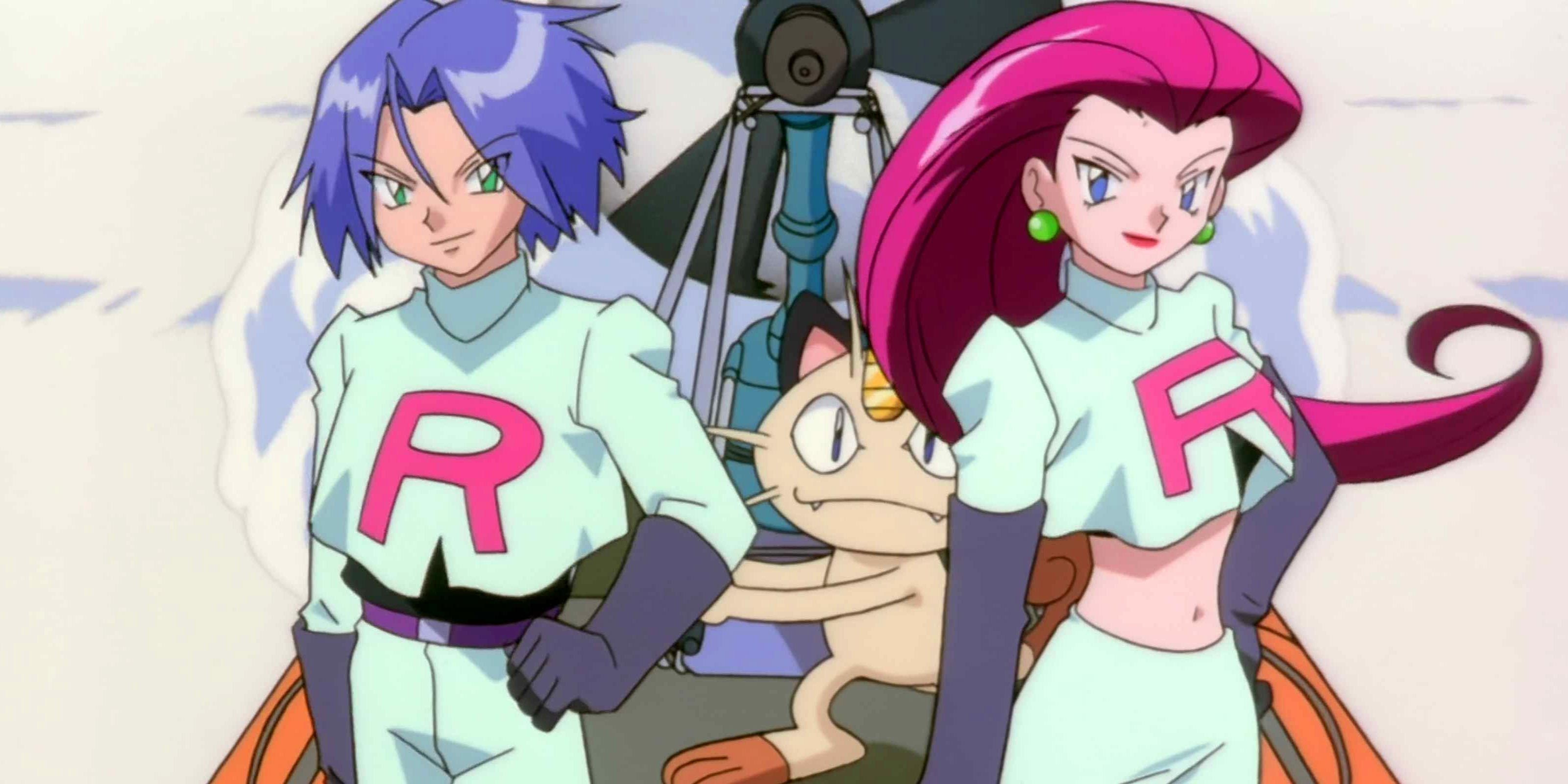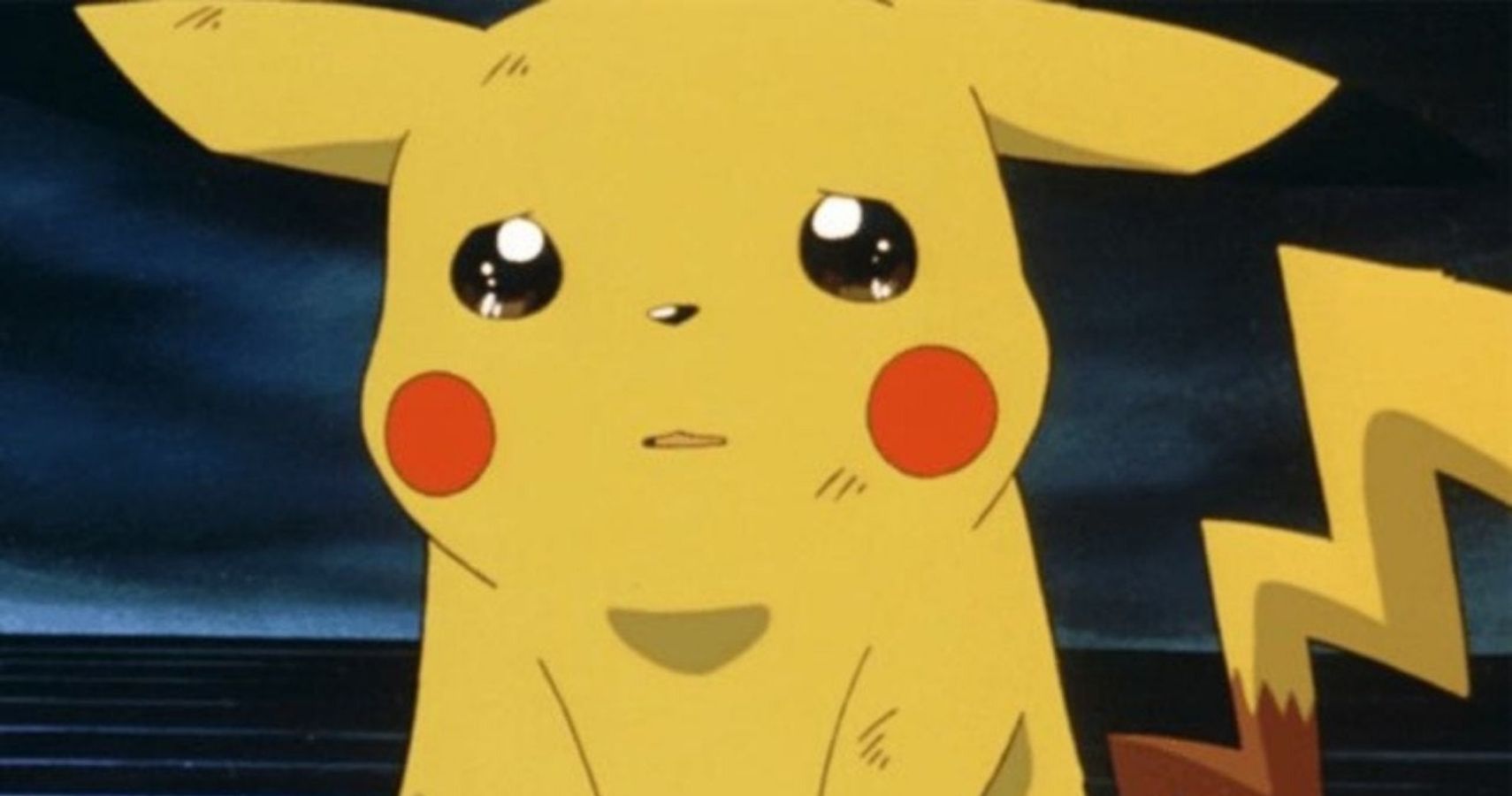The upcoming Pokémon anime will introduce a new protagonist, with Go joining longtime star Ash. The newest trainer for the Galar Region, Go -- sometimes translated as Gou -- is a calm and collected character with one core objective: to find and capture Mew. However, a new rumor, spread just before the show's premiere, drew the attention of many fans, especially those within the LGBTQA community: Is Go non-binary? The evidence comes from a Japanese promotional article, which includes references to Go being "adrogynous-esque." Some have translated that as Japanese lingo for non-binary.But before some fans raise their pride flags, let's look at the facts surrounding the rumor. Is Go one of the first major non-binary characters in the Pokémon franchise, or is this a lot of hoopla over a poorly translated statement?
What Does Non-Binary Mean?
For those outside the community, the term "non-binary" might be a little confusing. A non-binary person, simply put, is one who doesn't fit into the gender binary. This counts as a variety of the trans identity, where a person is not the gender they were assigned at birth.
As one might imagine, there are many varieties of how a person can be non-binary. A person could feel genderqueer or gender fluid, where they might fluctuate between male, female, or another non-binary identity over the course of weeks or months -- sometimes days. There are people who feel like they may belong to a third gender, outside the binary. Others, however, feel they are agender, outside the gender system altogether.
These individuals will sometimes use gendered pronouns like she or he, but often might prefer to be regarded as "they" or another pronoun like "ze." This is also different than androgyny, which is when a person presents as less gender-defined, but might identify within the gender binary.
There are numerous varieties of how a person can be non-binary. Contrary to critics of the non-binary identity, however, genders outside the gender binary are not a new concept. Our modern perspective of gender as a medical construct only started in the mid-19th century. In 2019, Merriam-Webster added the "they" pronoun as a singular. And even more recently, the popular children's series She-Ra and the Princesses of Power added Double Trouble, a non-binary character, to their cast, as played by non-binary activist Jacob Tobia. Of course, before that, Steven Universe introduced Stevonnie, a non-binary fusion of the characters Steven and Connie.
LGBTQA and Pokémon
So what does any of this have to do with Pokémon? One might expect a series like She-Ra or Steven Universe, credited for their expansive LGBTQA casts, to feature characters outside the gender binary. But Pokémon, as a Japanese series, wouldn't likely represent characters like this, right?
Well, first off, people often misunderstand the Japanese culture's relationship with LGBTQA representation. Trans characters have become increasingly prominent in Japanese anime. Take, for example, Lily Hoshikawa from Zombieland Saga, a character a portion of fans insisted couldn't be trans, despite that, yes, she was assigned male at birth.
But in regard to Pokémon, representation is particularly important. The series has gone out of its way to represent all sorts of people from various different races. Pokémon Crystal first introduced the staple of the female protagonist, while Pokémon X and Y introduced a deeper level of customization, offering players a chance to play as a person of color.
There is, of course, an NPC in Pokémon X and Y. One female trainer you face in the game, Beauty Nova, responds to her defeat in the English localization by saying, "Yes, a mere half-year ago I was a Black Belt! Quite the transformation, wouldn’t you say?" However, a more faithful translation of the original Japanese reads, "I was a Karate King just half a year ago; the power of medical science is awesome, wouldn’t you say?!"
The Black Belt and Karate King names refer to a trainer class within the game. While the "King" part of Karate King can be translated to monarch or ruler rather than the gendered king, both classes are male-only. This makes this character, canonically, the first trans character in Pokémon.
Anyone who argues Go can't be non-binary because Japan doesn't care about LGBTQA representation is, for the most part, wrong. We've had representation in the canon works. The problem is Go isn't non-binary because the initial evidence for him being non-binary was poorly translated.
The Evidence - Re-Examined
Let's look back at the source for this rumor. In a recent article published about the upcoming anime reboot of Pokémon, the protagonist Go was described in terms that indicated he might exist outside the gender binary. The article included references to Go being "androgynous-esque" and presenting himself as a "pretty boy."
Many took that as possible evidence for Go being non-binary, which led to AnimeFeminist editor and writer Dee (AKA The Josei Next Door) re-examining the translation, along with translator and editor Chiaki. It turns out the evidence for Go being non-binary was built from a whole lot of nothing. Go is referred to exclusively throughout the original text with "he/him" pronouns and as a "pretty boy." The references to androgyny refer not to gender identity, but rather gender presentation. As mentioned earlier, androgyny is categorically different from being non-binary. An androgynous person presents themselves in a gender-neutral manner, but that says nothing about their actual gender identity. A non-binary person can be androgynous, but they don't have to be.
This is further reinforced by the official Nintendo material on Go, which refers to him as a boy. While many non-binary people might use male pronouns when referring to themselves, the simple truth is that there is no evidence that Go is non-binary in canon.
The simple truth was that the story that Go is non-binary was spread by half-understood translations of a passage, passed through a game of telephone full of both angry reactionaries and hopeful fans. Maybe one day, we will see a non-binary protagonist in a Pokémon anime or game. However, this just doesn't seem to be the case in this situation.




